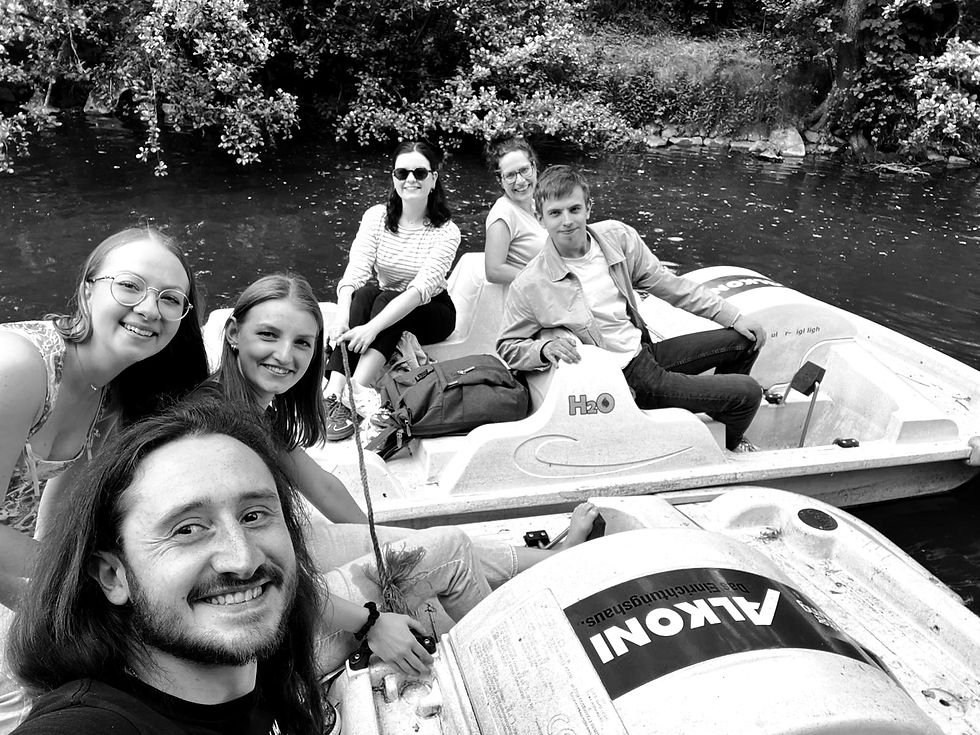My Insights from ARVO 2025
- dianapauly
- 16. Mai
- 2 Min. Lesezeit
Attending ARVO 2025 in Salt Lake City was an inspiring experience, marking my first time at such a large international conference and also my first time in the United States. The sheer scale of the event, with its gigantic halls and vibrant scientific community, was both overwhelming and wonderful. It was a truly valuable experience, offering a deep dive into newest research and approaches in vision science. This year’s theme, 'Imagining Innovation and Intelligence in Vision Science,' provided a wide range of topics, from advanced cell and gene therapies to AI-driven diagnostics.
Key Research Highlights
Among the many diverse hot topics this year, extracellular vesicles (EVs) were prominent, with researchers discussing their role in cellular communication, retinal repair, and as potential biomarkers. I also attended a session covering the latest MISEV 2023 guidelines, which provide a general basis for reporting EV studies, and applications in diseases, including EV modulation for functional restoration and the potential use of RNA-loading of EVs as biomarkers.
The retinal pigment epithelium (RPE) and its functions and metabolism also received significant attention. Talks addressed the complexity of phagocytosis, findings on lipid droplet formation during photoreceptor outer segment recycling and the effects of environmental stressors like high-fat diets and oxidative damage.
AI and imaging biomarkers were featured prominently as well, with discussions on the potential for AI tools to enhance early disease detection and treatment monitoring in clinical practice. This included presentations on AI-driven imaging analysis for better diagnostics in underserved regions.
Another central theme this year was the potential of cell and gene therapy for restoring vision. Several sessions focused on retinal regeneration, including promising approaches like retina-on-a-chip models and RPE cell transplantation for diseases like age-related macular degeneration (AMD) and retinitis pigmentosa (RP). Notably, there were presentations on the challenges of integrating allogeneic RPE cells in geographic atrophy and the clinical progress of iPSC-RPE cell transplantation.
Personal Connections and Networking
Aside from the scientific sessions, the poster sessions were a great opportunity to connect with other researchers. I had insightful discussions and it was encouraging to see that our findings of local complement components in RPE cells generated interest among both established scientists and early-career researchers.

Inspiring Moments
Award lectures this year were particularly inspiring, highlighting groundbreaking discoveries and the dedicated scientists behind them. The Proctor Medal, Friedenwald Award, Weisenfeld Award, and Cogan Award talks provided a powerful reminder of the impact of long-term research commitment and the ongoing quest to push the boundaries of vision research.
Overall, ARVO 2025 highlighted the value of collaboration and interdisciplinary research in pushing the boundaries of our understanding in vision science. It was an unforgettable experience, and I returned with a deeper appreciation for the diverse approaches driving progress in this field.
Juliane




Kommentare